Newsletter
Stay up to-date with the latest imaging, analysis and metrology news from Digital Surf.

A team of researchers from the Environmental Electron Microscopy Group at the Institute of Scientific Instruments of the Czech Academy of Sciences (Brno, Czech Republic) used dedicated electron microscopy methods for a more comprehensive analysis of quartz micro and nanoparticles.
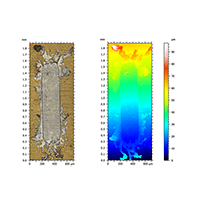
With the introduction of the new Color segmentation tool in Mountains® software, it is now possible to complement topographical wear analysis. Mathieu Cognard, product manager at Digital Surf, explains how MountainsImage® can help visualize & analyze your results.
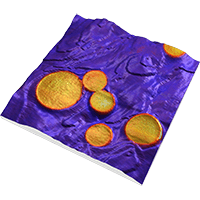
In the last few years, the use of SPM techniques in many areas of research has greatly increased. Professor Philippe Leclere, director of the LPNE at the University of Mons (UMONS) in Belgium, has been studying the impact of this increase and describes how his team is addressing the challenge of analyzing and mapping large quantities of data on material properties at the nanoscale.
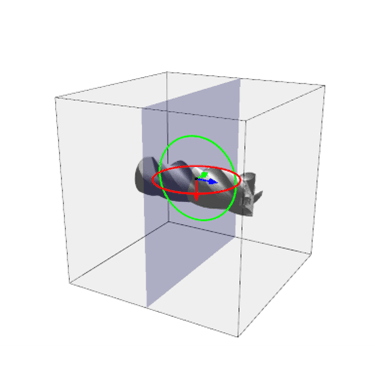
One of the critical applications of optical metrology in tooling is the dimensional characterization of cutting tools. Roughness measurements can also be used to predict how removed material will exit the tool in the aim of preventing clot formation or overheating. In addition, optical metrology can provide local measurements to help identify issues such as chipping or coating peeling, which indicate if a tool needs to be replaced or repaired. In this study, all these characterizations were managed using one, unique set-up: the Sensofar S neox Five Axis and SensoMap software powered by Mountains®.
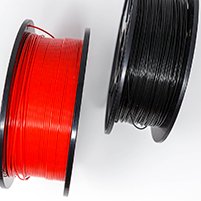
A team at Widener University (Chester, Pennsylvania, USA) recently used bimodal AFM technique and MountainsSPIP® software to study the calcification process of polylactic acid polymer (PLA), a plastic filament material widely used in 3D printing.
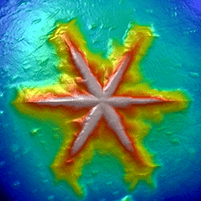
A comprehensive description of the surface of snow is crucial for understanding the tribological system between skis and snow. Felix Breitschädel, of the Norwegian Olympic Sports Center, tells us how a novel measurement device is changing our understanding of the surface of snow and constitutes a promising method for future research.
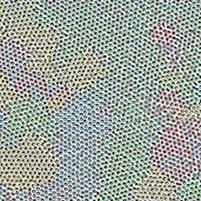
The Institute of Electronics, Microelectronics and Nanotechnology (IEMN) in France recently completed the “Dirac III-V” project investigating ways of producing Dirac electrons (electrons without any mass). This project called for the use of many different fabrication methods as well as a software program capable of bringing together and processing the different kinds of datasets generated.
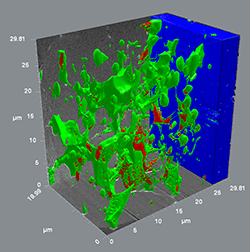
A research team based at JEOL France recently studied the composition of magnetic fields incorporated in direct current electrical motors. In this study, they used a FIB-SEM technique coupled with a specialized analysis software package, based on Mountains® technology.
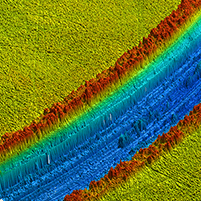
A group of researchers from the University of Ferrara, Italy, defined a general procedure to characterize surfaces and to evaluate their antimicrobial properties. Learn more about how they used Mountains® software in their study.
Tailoring 2D semiconductor heterostructures with specific bandgaps is a key aspect of leveraging new quantum materials for electronics and optoelectronics, one of the hot topics for researchers currently working in nanotech. Craig Wall, applications scientist at Montana Instruments, recently investigated the subject using Mountains® software to analyze results from Raman spectroscopy and photoluminescence.
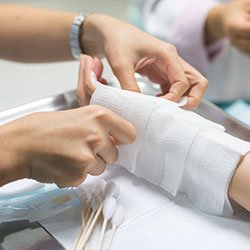
Bacterial infection of wounds is a major risk for patients undergoing skin grafts following severe burn injuries. Drs Monica Iliescu Nelea (left) & Michel Alain Danino, of the Plastic and Reconstructive Surgery Department at the University of Montreal Hospital Center (CHUM), Montreal, Canada are part of a group of researchers working on furthering medical understanding of this phenomenon.
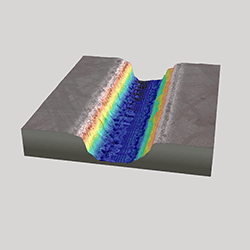
Ultrashort femtosecond lasers are known for their capacity to efficiently fabricate complex nanostructures and devices for a wide variety of applications. In two recent studies, the properties of femtosecond laser-structured surfaces were revealed thanks to a unique SEM image reconstruction technique.